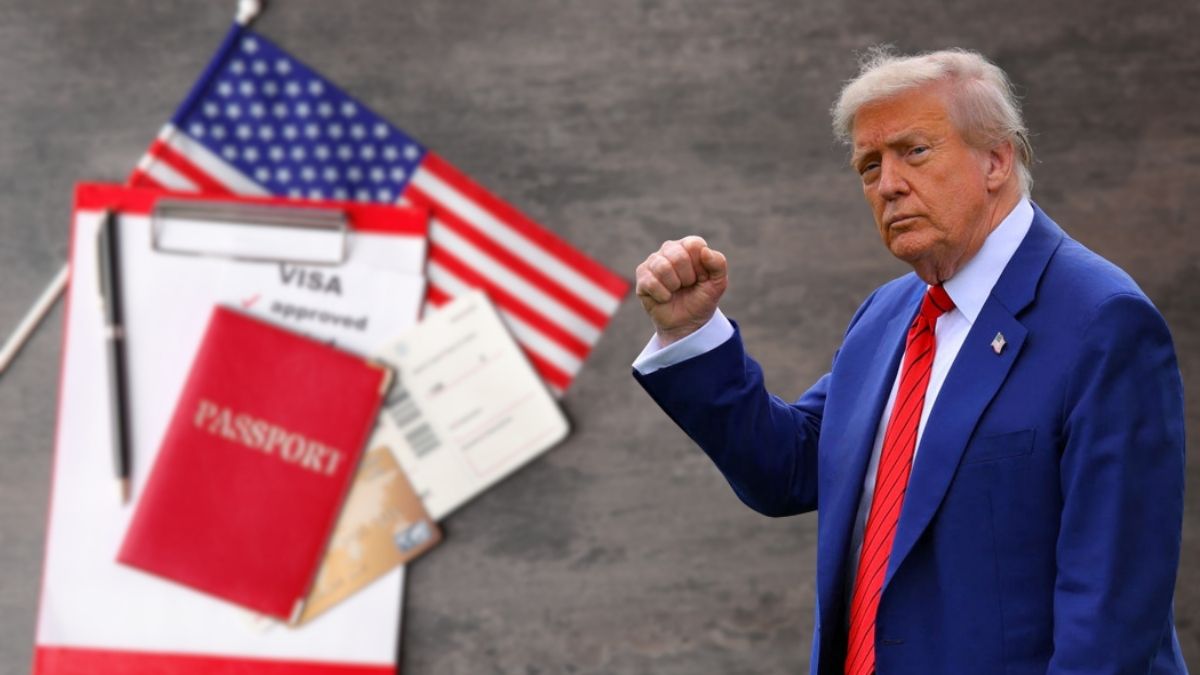Landing in New York for the first time, walking under the neon lights of Times Square, or driving down Route 66 with the windows rolled down — these are experiences many travelers dream of. But before the adventure begins, there’s always paperwork. The U.S. visa process is known for being long and complicated, but for millions of travelers, the Visa Waiver Program (VWP) offers a faster, easier path.
What Is the Visa Waiver Program?
The Visa Waiver Program (VWP) is an agreement between the United States and 43 partner countries as of 2025. It allows citizens of these nations to travel to the U.S. for up to 90 days without applying for a traditional visa.
The program is designed for tourism, short business trips, and transit purposes. You cannot use it for long-term study, employment, or permanent relocation. Importantly, overstaying your 90-day allowance under the VWP can create serious legal problems for future travel.
How to Apply: ESTA Explained
Instead of waiting months for visa approvals, travelers under the VWP apply using the Electronic System for Travel Authorization (ESTA). ESTA is an online screening system that often provides approval within minutes. However, U.S. authorities recommend applying at least 72 hours before travel.
- Fee: \$21 (payable online).
- Requirements:
- A valid biometric passport (e-passport) from a VWP country.
- Basic travel details such as airline and hotel information.
- A credit or debit card for payment.
Applications are made through the official U.S. Customs and Border Protection (CBP) website.
Who Is Eligible in 2025?
The VWP includes most Western European countries, Japan, South Korea, Australia, New Zealand, and others. In recent years, it has expanded:
- Qatar joined in 2024.
- Romania was added in 2025.
This expansion shows how the U.S. continues to strengthen ties with international partners by simplifying travel.
For the full, updated list, travelers are advised to check the U.S. State Department’s website before making plans.
VWP vs. Traditional U.S. Visa
Here’s a quick side-by-side comparison for travelers:
| Feature | Visa Waiver Program (VWP) | U.S. Visitor Visa (B-1/B-2) |
|---|---|---|
| Application | Online via ESTA | Embassy/consulate appointment |
| Processing time | Minutes to days | Weeks to months |
| Fee | \$21 | \$185+ |
| Stay length | Up to 90 days | Up to 6 months |
| Allowed purposes | Tourism, business, transit | Tourism, business, medical, extended stays |
| Work/study | Not allowed | Not allowed (separate visas required) |
Important Restrictions Travelers Must Know
Even with ESTA approval, entry to the U.S. is not guaranteed. Final clearance lies with the CBP officer at the airport or border checkpoint. ESTA approval is essentially a boarding pass, but the officer has the final say.
Additional restrictions include:
- Your passport must be valid at least six months beyond your planned departure.
- The 90-day limit cannot be extended under the VWP.
- Overstaying can jeopardize your ability to travel to the U.S. in the future.
Why the VWP Matters for Travelers and the U.S.
For travelers, the Visa Waiver Program is about convenience — faster processing, lower costs, and fewer bureaucratic hurdles. For the United States, it means:
- Easier border management.
- Increased tourism revenue.
- Strengthened ties with partner nations.
In 2024, millions of visitors entered the U.S. under VWP, most without issues, proving its effectiveness when used properly.
Fact Check: Is the VWP Reliable?
Yes. The Visa Waiver Program is an official U.S. government initiative that has existed for decades. It remains one of the most popular ways for eligible foreign travelers to visit the U.S. without a traditional visa.
FAQs – U.S. Visa Waiver Program 2025
Q1. How long can I stay in the U.S. under the VWP?
You can stay for up to 90 days per visit. No extensions are allowed.
Q2. Do I still need ESTA if I’m from a VWP country?
Yes. ESTA approval is mandatory before traveling under the VWP.
Q3. What happens if I overstay my 90 days?
Overstaying may lead to deportation and can affect your ability to enter the U.S. in the future.
Q4. Which countries were added recently to the VWP?
Qatar (2024) and Romania (2025) are the newest members of the program.
Q5. Can I work or study in the U.S. with a VWP entry?
No. The VWP is strictly for tourism, business meetings, or transit. Work and study require separate visas.
